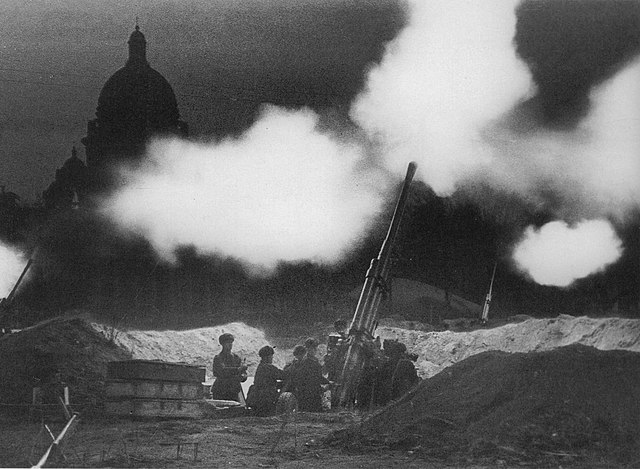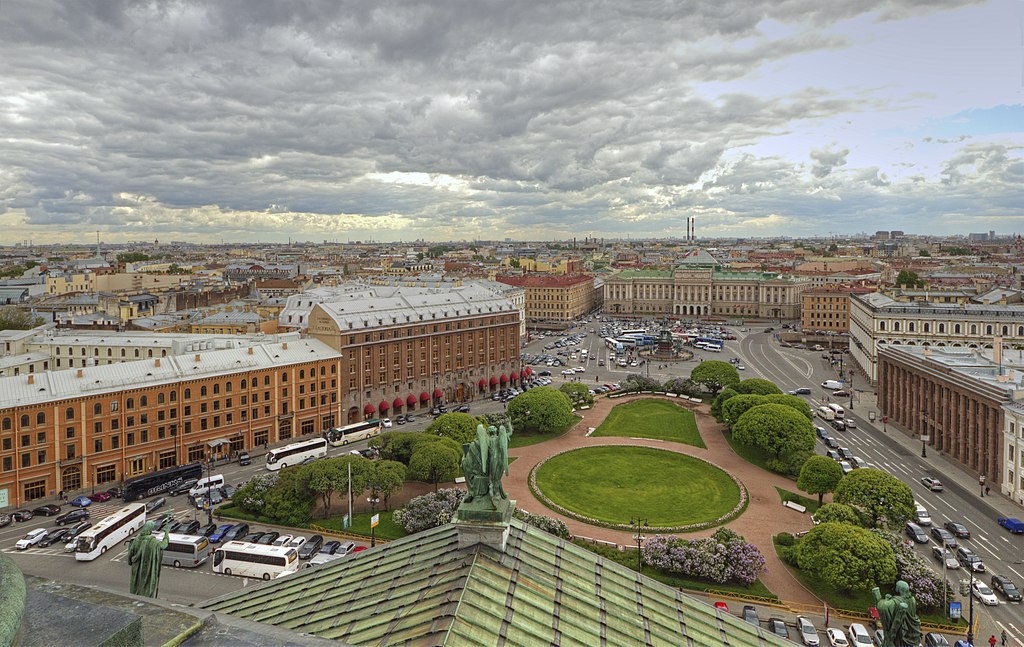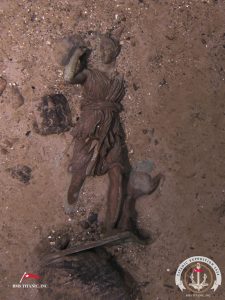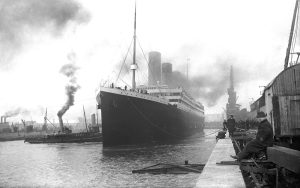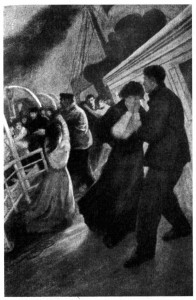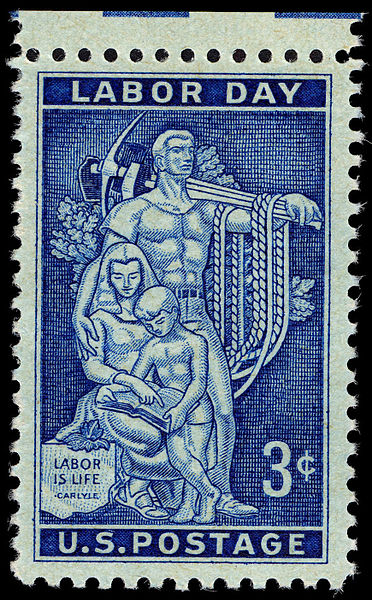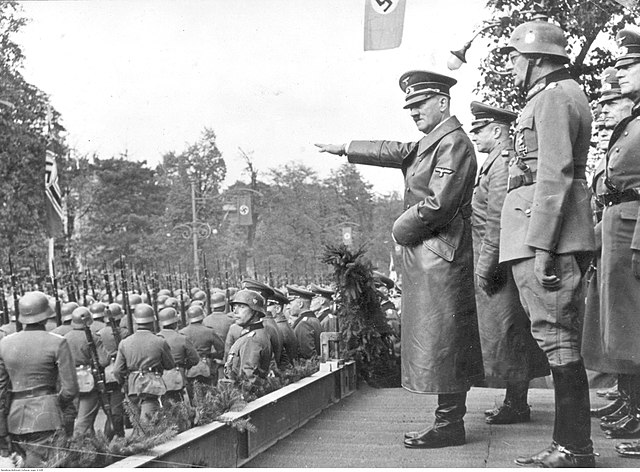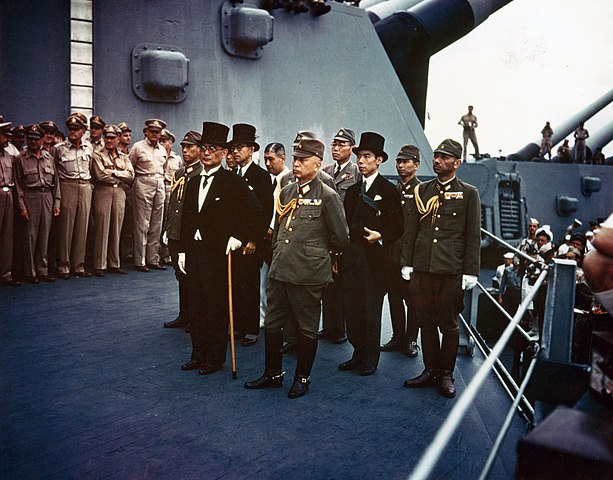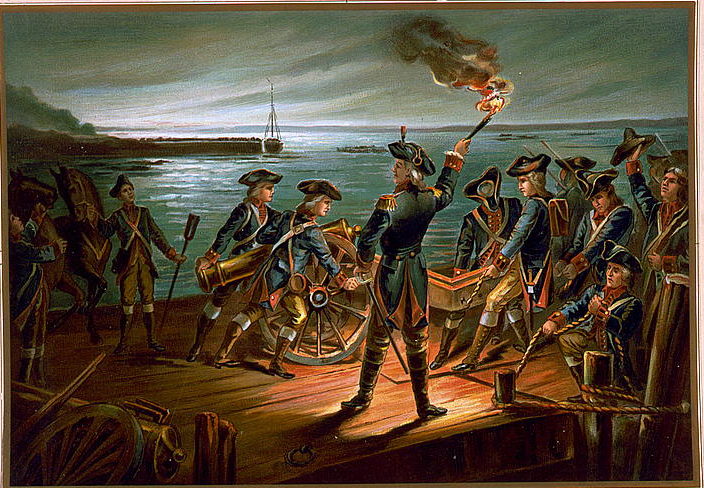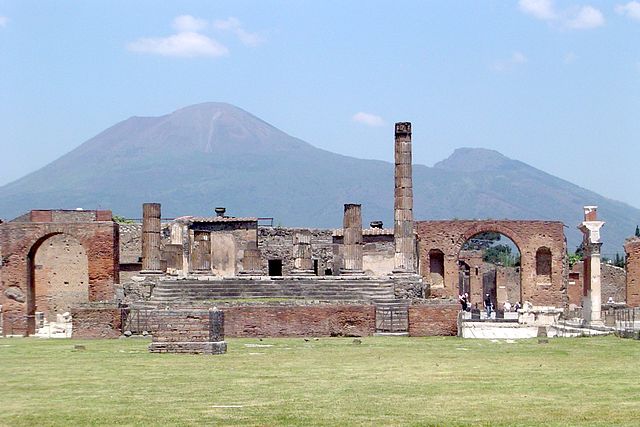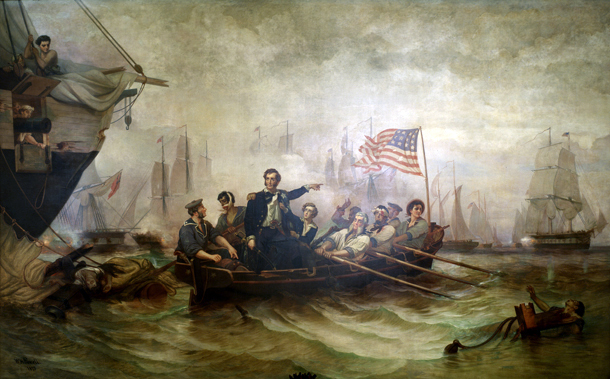
U.S. Senate Art Collection, U.S. Capitol, Washington D.C.
Public Domain via Wikimedia Commons
During the War of 1812, control over Lake Erie and the Northwest were crucial to both the British and the United States. The War of 1812 between the British and the United States resulted from simmering tensions between the two since the end of the American War of Independence. Though long over by this time, tensions existed between the two. The British had attempted to restrict U.S. trade. During the Napoleonic Wars, the U.S. was neutral, but the British were not happy with American merchant ships supplying the French with supplies. Another issue was the forced impressment of American seamen. To fill out their crews, the British Royal Navy would stop merchant ships and take some of their crews forcing them into Royal Navy service. Additionally, tension over the U.S. desire to expand its territory led to clashes with the British as well.
These and other things led President James Madison to declare war on Great Britain on 18 June 1812. While it passed Congress (barely), it was not popular in New England since they heavily relied on trade. Western and Southern states generally supported the war. However, the realities of war would soon set in. The attempt to take Canada was a failure and resulted in a humiliating defeat on 16 August 1812 with Detroit being surrendered without firing a shot. The American Navy was aided early on with the fact the British were also fighting Napoleon so not all their ships were committed. One notable naval battle was at Lake Michigan in 1813. At stake in this battle was control of Detroit, Lake Erie, and nearby territories the U.S had claims on.
The American naval forces were led by Captain Oliver Hazard Perry, who had nine ships. The British had six warships led by Commander Robert Heriot Barclay. Barclay was an experienced naval officer who had served under Nelson at Trafalgar. The British were armed with long gun cannons that gave them a range of about a full mile, while the Americans used carronades that had half the range of the British cannons. This meant that Perry would inflict a lot of damage but at closer range. At first the wind was against Perry in the morning and then shifted giving him an advantage. He would raise a famous navy-blue banner written with the words “DON’T GIVE UP THE SHIP” as the slogan to rally his officers.
The ensuing battle would last for hours, and Perry would lose his flagship Lawrence. He transferred his flag over to the Niagara and then sailed straight into the British line firing broadsides that ultimately gave him the win when they surrendered. Perry lost 27 sailors and 96 wounded, while the British lost 40 dead and left with 94 wounded. Perry sent a famous dispatch to U.S. General William Henry Harrison that said, “We have met the enemy, and they are ours.” The British were forced to abandon Detroit after the Battle of the Thames resulting in American control of the area.
Aftermath
The victory was an important one when many battles had gone against the United States. The Royal Navy was still fighting Napoleon so not of its navy was committed to North America. This would change in April 1814 when Napoleon was defeated. With both ships and troops now freed up, they raided Chesapeake Bay and moved on the capital of Washington D.C. burning it and other government buildings to the ground on 24 August 1814.
On 11 September 1814, the American navy defeated the British fleet at the Battle of Plattsburgh at Lake Champlain, New York. A furious battle at Fort McHenry in Baltimore took place on 13 September 1814 and withstood 25 hours of bombardment by the British navy. After the bombardment had ended, the Americans raised a large flag over the fort to show they had survived the bombardment. Seeing the flag being raised inspired Francis Scott Key to write a poem that later would be set to music called “Star Spangled Banner.” British forces withdrew and prepared to act against New Orleans. Negotiations for a peace settlement were undertaken not long after in Ghent (modern day Belgium). The resulting Treaty of Ghent would abolish the taking of American sailors from merchant ships for British naval service, solidify the borders of Canada as we know them today, and end British attempts to create an Indian state in the Northwest. The treaty was signed on Christmas Eve, 1814. Formal ratification would be in February 1815.
It was during this time that the famous Battle of New Orleans would occur. On 8 January 1815, British forces (unaware of the peace deal yet due to slow communications of the time) launched a major attack on New Orleans. General Andrew Jackson led the Americans in this famous battle and defeated the British soundly. News of the battle was another boost to American morale and likely convinced the British that they were right to get out of this war as well. For Canadians and Native Americans, it ended their attempt to govern themselves. For Americans, it ushered in a new time of good feelings ending the partisan divisions that had grown since the Revolutionary War. National self-confidence would ensue and a growing spirit of expansionism that would shape the rest of the 19th century. The country resulting from it would be comprised of states and territories that went from New York on the Atlantic Ocean to San Francisco on the Pacific making it one of the largest countries in the world.
Sources
———. “Battle of Lake Erie | Naval Warfare, Perry’s Victory & Commodore Oliver Hazard Perry.” Encyclopedia Britannica. Last modified September 3, 2024. https://www.britannica.com/event/Battle-of-Lake-Erie.
“War of 1812.” History.Com. Last modified April 24, 2023. Accessed September 4, 2024. https://www.history.com/topics/19th-century/war-of-1812.
“Oliver Hazard Perry.” https://www.history.navy.mil/browse-by-topic/people/historical-figures/oliver-hazard-perry.html.

